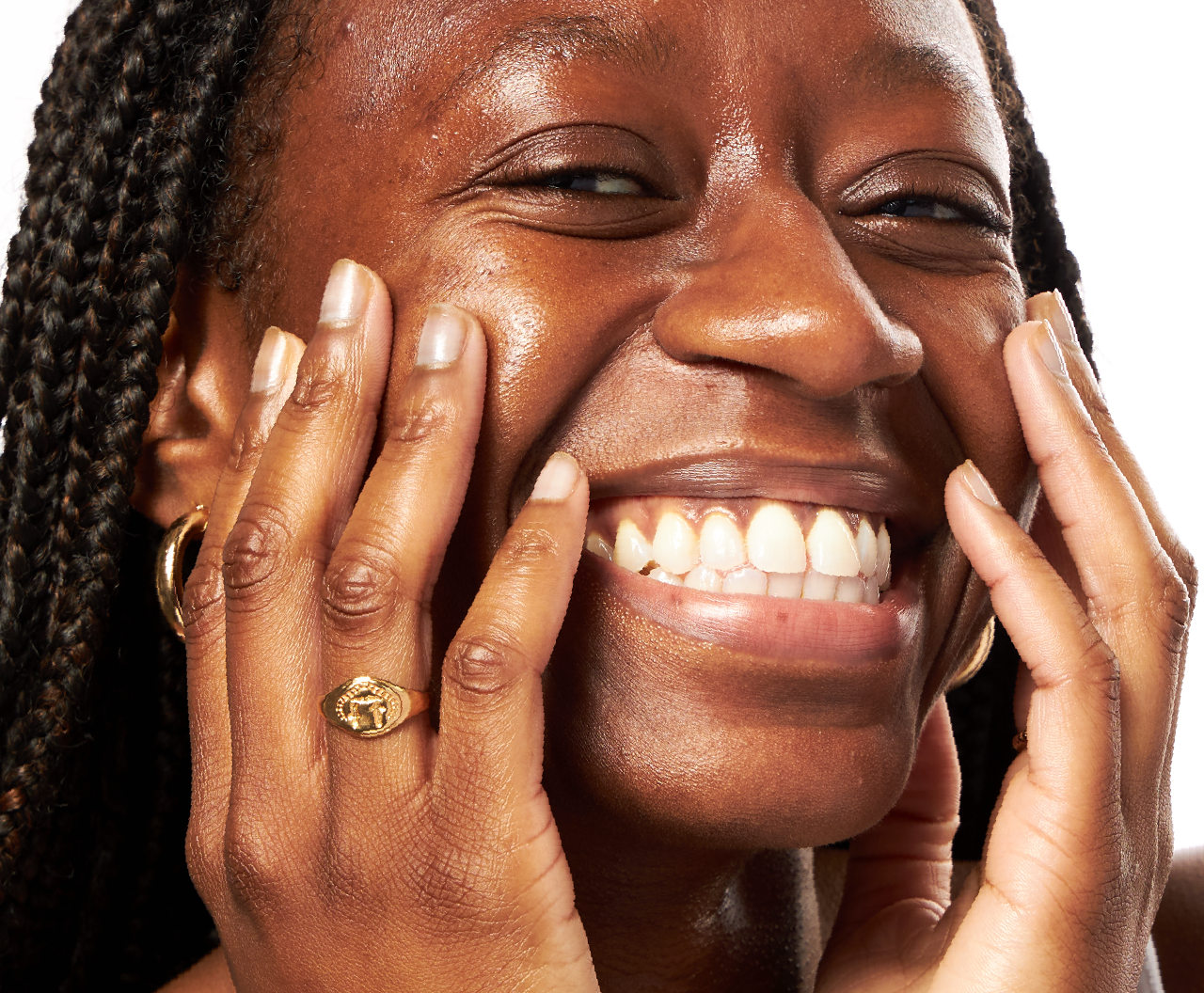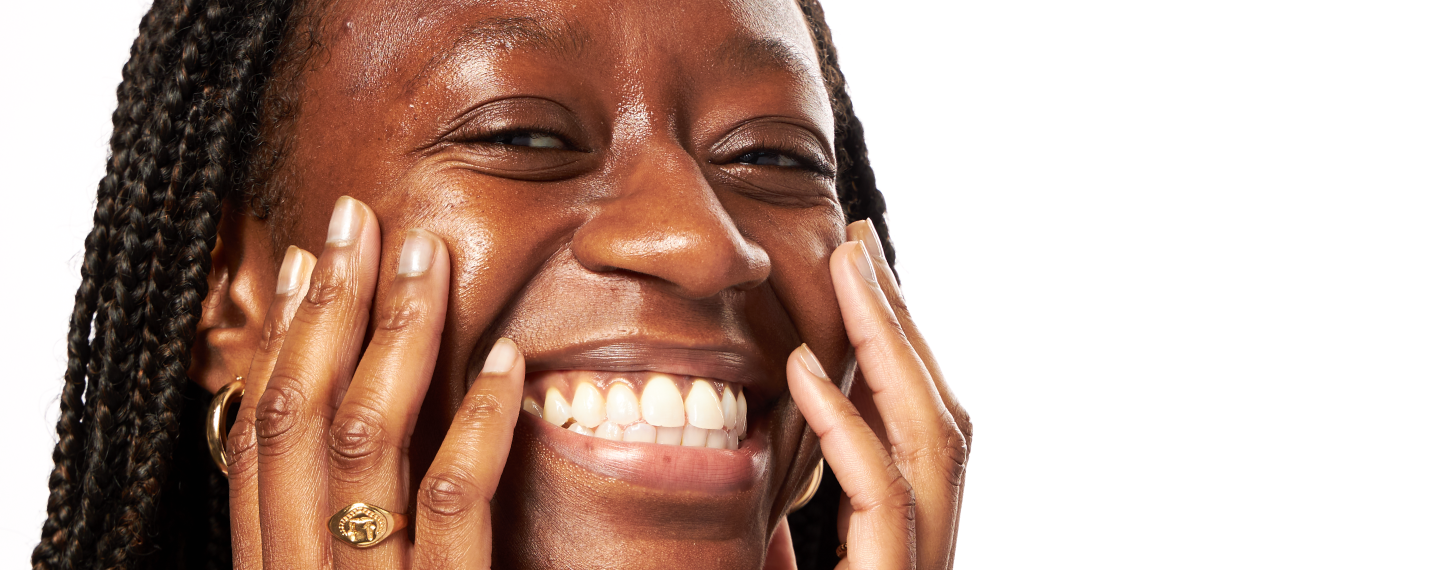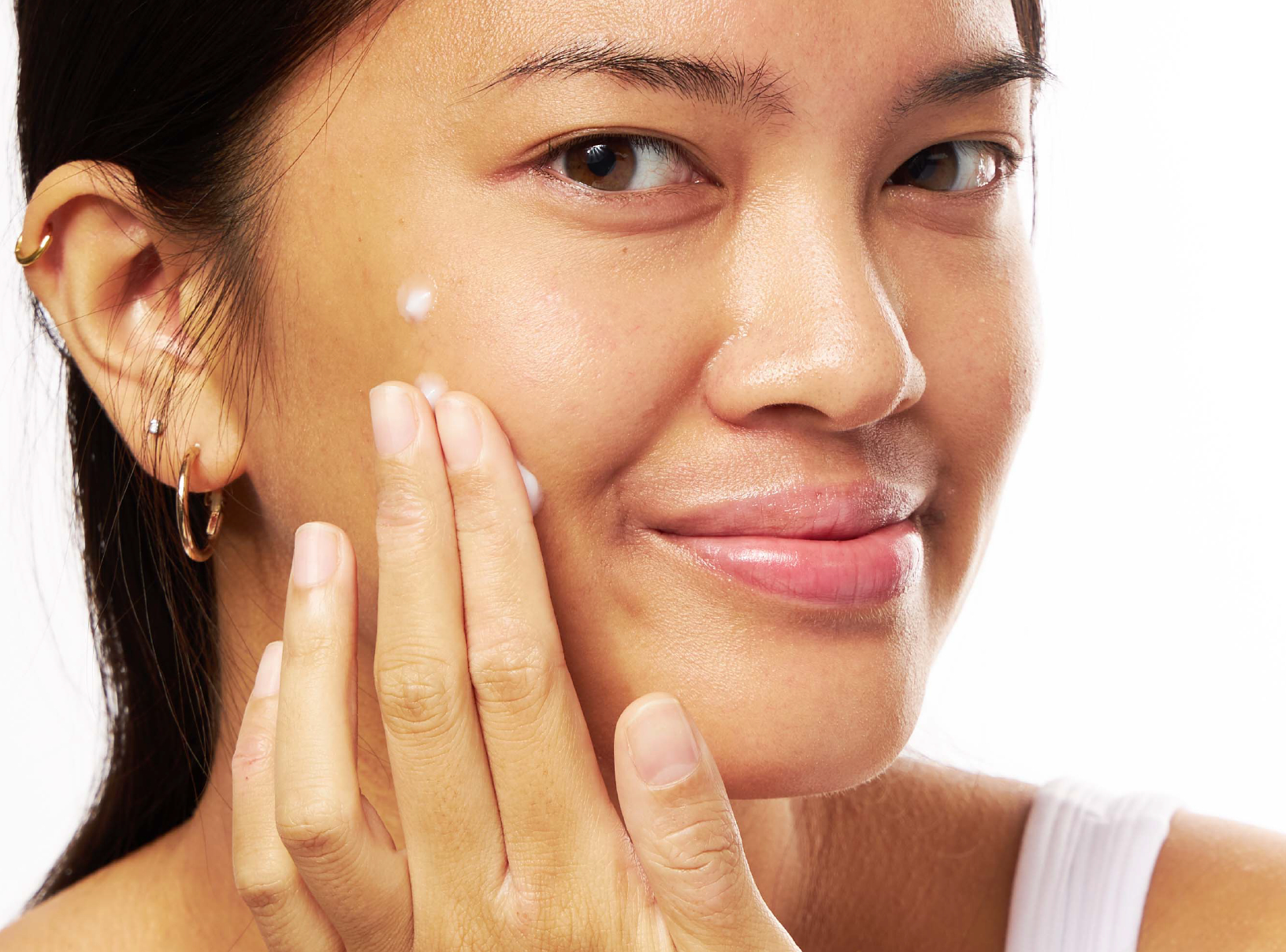Education
Makeup and Skin: How To Stay Clear Without Sacrificing A Full Face


SHARE
Education
Makeup and Skin: How To Stay Clear Without Sacrificing A Full Face
Medically reviewed by Aimee Paik, MD
Written by Apostrophe Team
Last updated 4/5/2024
Makeup and other cosmetics can cause a type of facial acne called “Acne cosmetica.” It typically presents as small bumps and clogged pores on the surface of the skin, but you won’t see the tell-tale inflammation that more severe types of acne have. So what can you do about it? It turns out, quite a bit! There is no end to the advice on this topic, but there are two essential things to keep in mind to avoid acne-causing cosmetics: 1) check the labels carefully for acne-causing ingredients and 2) clean your makeup brushes correctly and often – probably more often than you think.
We often hear the tried and true advice to check the package for each product and look for labels like “non-comedogenic,” “oil-free,” “fragrance-free,”and “won’t clog pores.” Checking for these terms is a good basic guideline to follow when purchasing cosmetics in a pinch. Ultimately though, marketing terms like these aren’t regulated by any governing body and thus are limited in their usefulness. Johns Hopkins University concluded a study on these findings by saying, “A working knowledge of common cosmetic ingredients may help dermatologists to counsel patients on which products to avoid for their specific dermatologic conditions.”
Have you checked your labels lately?
So what ingredients should be avoided? These are the main offenders when it comes to causing breakouts:
Essential Oils and Synthetic Perfumes: Any product with ingredients like “perfume,” “parfum,” or “fragrance” should be left on the shelf. The same goes for essential oils, because they can irritate already inflamed skin, encouraging acne.
Alcohol: “SD Alcohol 40,” “Denatured Alcohol,” “Ethanol,” “Isopropyl Alcohol,” “Isopropyl Myristate,” and “Isopropyl Palmitate” all refer to ingredients that contain alcohol, which can lead to overdrying and clogged pores.
Sodium Lauryl Sulfate and Sodium Chloride: These ingredients can worsen irritated skin by damaging the skin’s protective barrier.
Coconut Oil and Coconut Butter: Both of these ingredients may be great for moisturizing the body, but are highly comedogenic and can clog pores when applied directly to the face.
Clean brushes for a clear face
So now you’ve got a cabinet full of clean cosmetics to keep your face acne-free for life, but it won’t make any difference if you’re applying it with a dirty brush. How often should you clean your brushes? A thorough washing once a month should be good enough, but makeup should be cleaned from the brushes after every use.
For your once-a-month thorough brush washing, you can use a cleanser that’s made for cleaning makeup brushes, though a gentle shampoo (like baby shampoo) will work in a pinch. Squeeze a small amount into a mug or bowl and fill the rest of the way with warm water. Swirl and massage your brushes, taking care to clean built-up makeup from the bristles. Rinse them clean and lay them out flat to dry. Never dry brushes with the handle facing down, as water can seep into the glue and deteriorate the adhesive.
If your acne is refusing to clear, you can always connect with a dermatology team through Apostrophe to get professional advice and prescription strength treatment!
Following these simple tips will help you avoid breakouts and keep our makeup brushes like new for years to come. Do you have any breakout-avoidance advice that we didn’t cover here? Let us know on Twitter at @hi_apostrophe!
1. Boozalis E, Patel S. Clinical utility of marketing terms used for over-the-counter dermatologic products. Journal of Dermatological Treatment. 2018;29(8):841-845. https://www.ncbi.nlm.nih.gov/pubmed/29671667. Accessed October 31, 2019.
Like what you just read? Sign up for our email list to get the scoop on skincare science delivered straight to your inbox.

Deep Dives
A dermatologist shares his thoughts on the recent studies about benzoyl peroxide and benzene.
Read More
Education
What is milia?
What is milia? Today, we’re jumping into one type of bump that you may have heard about most commonly in infants — milia.
Read More
Education
Best moisturizer for acne-prone skin
If you have combination acne-prone skin, figuring out which moisturizer is best for your skin might be tough. In this guide, we break down the best moisturizer for combination, acne-prone skin.
Read More
